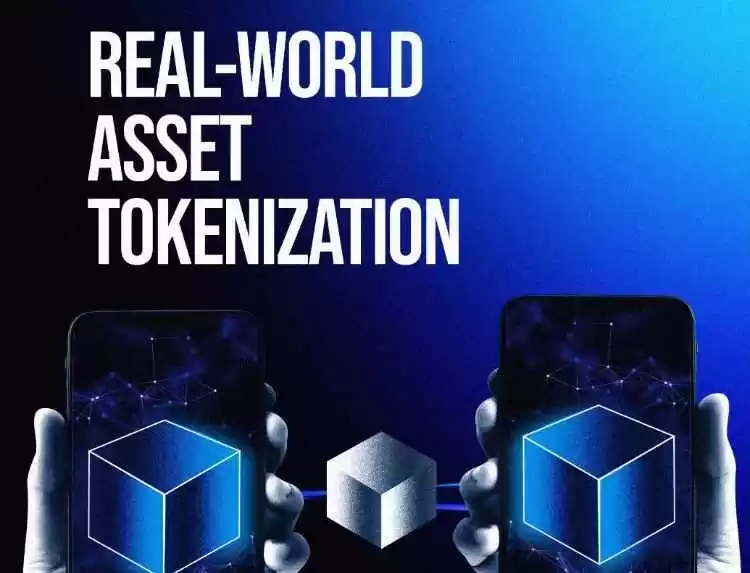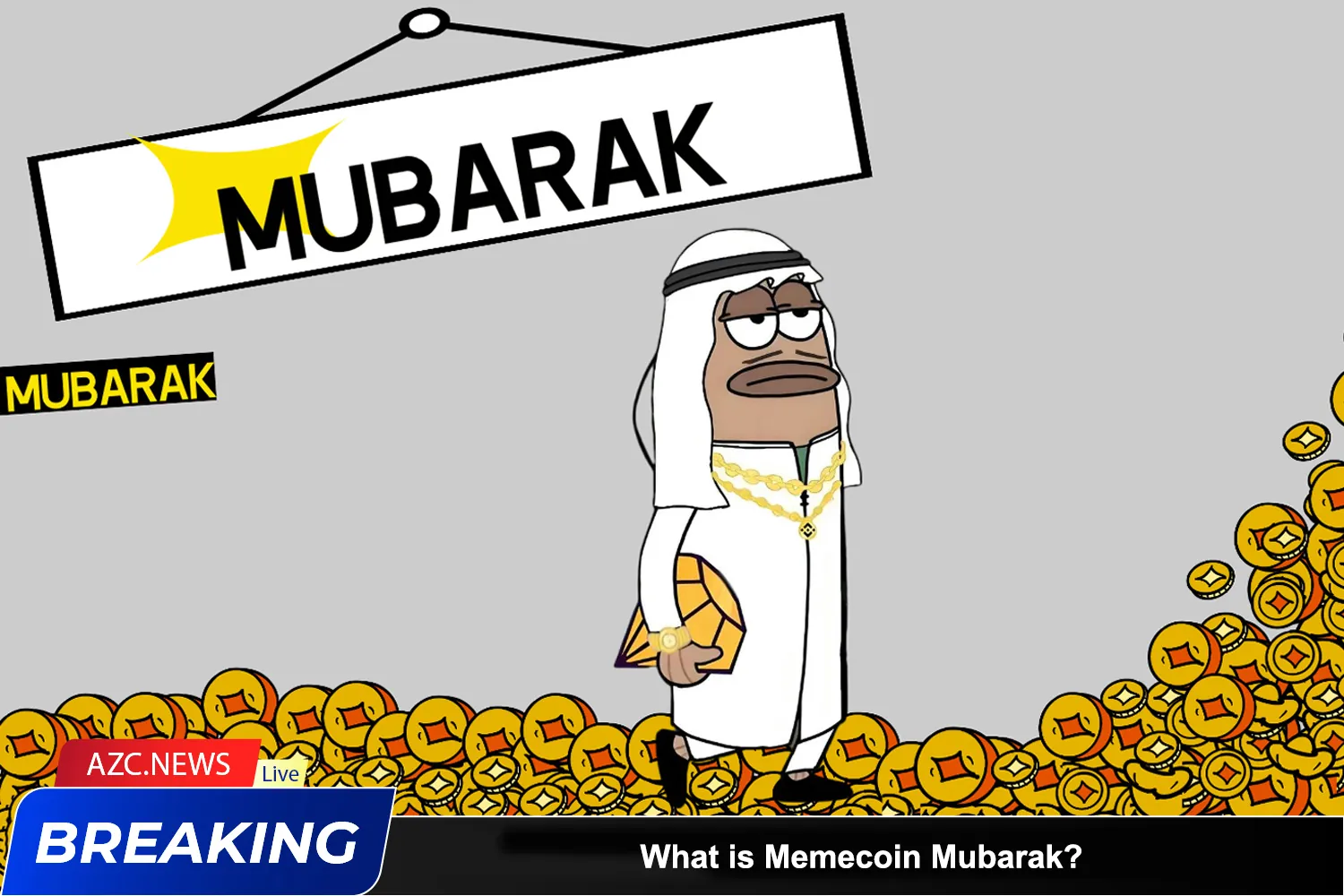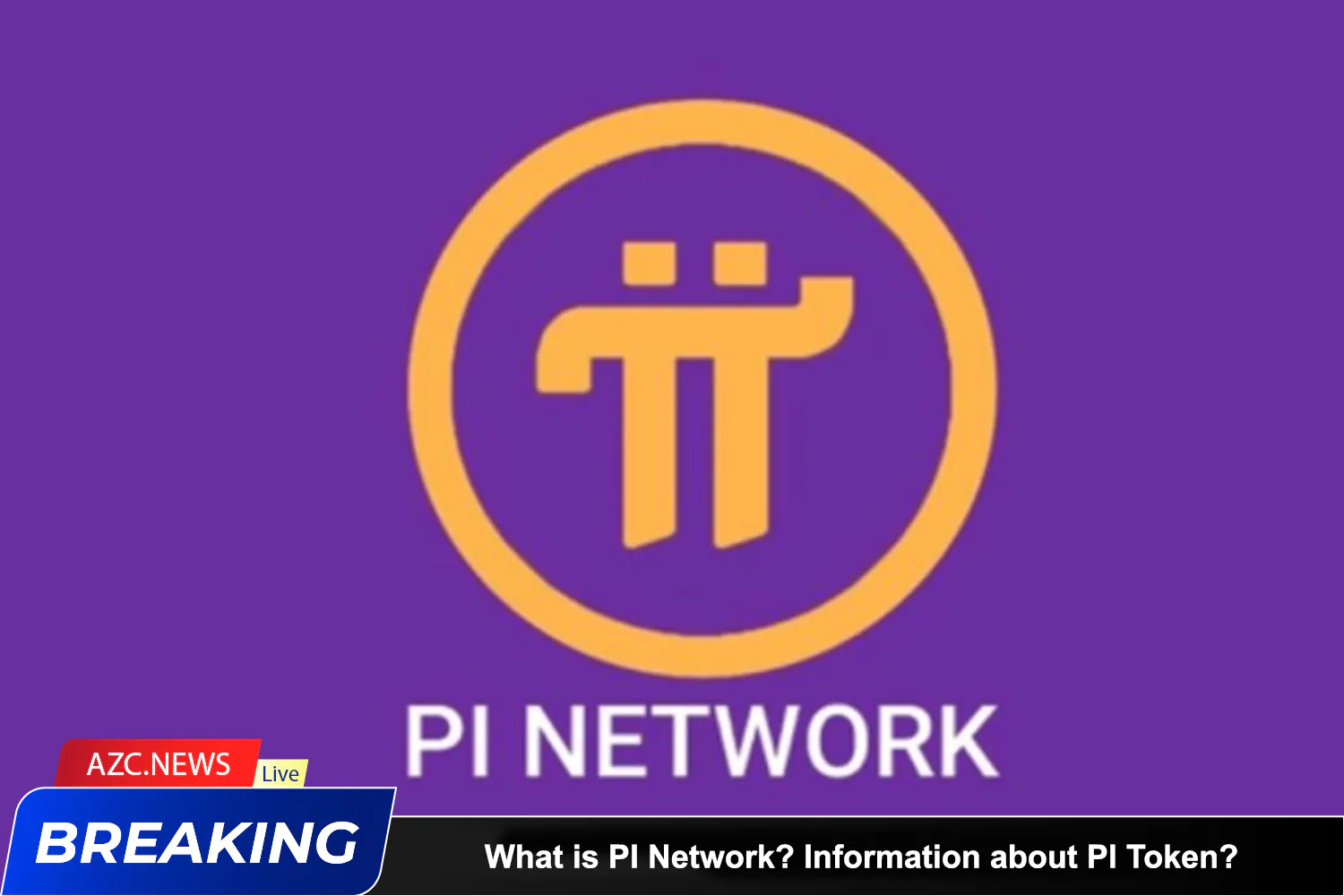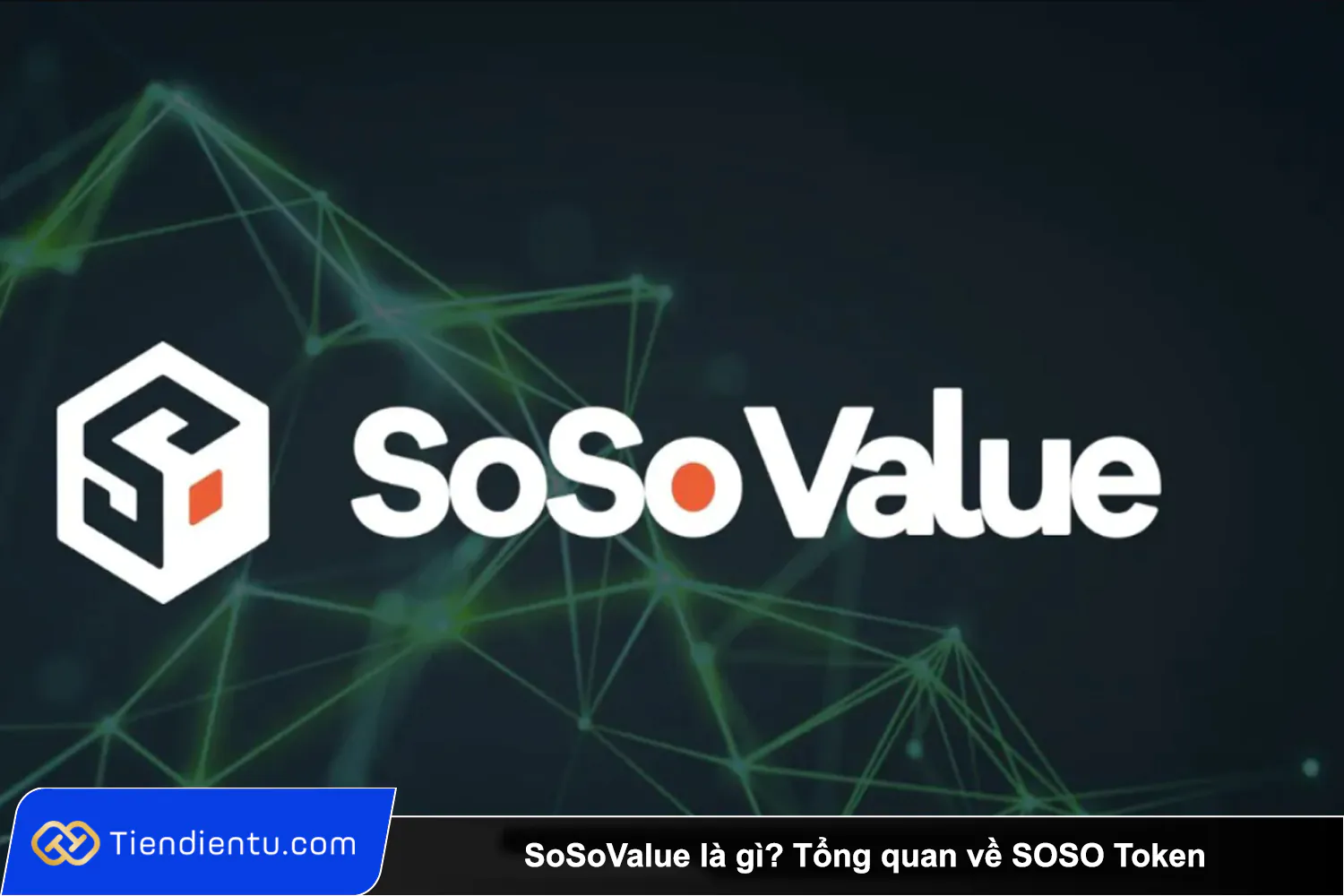Real-World Assets (RWAs) represent the digitization of tangible assets from the physical world, enabling them to be traded and operated on the blockchain. Just like the diverse array of assets in the real world, RWAs encompass various types.
Let’s delve into the primary classifications of Real-World Assets to reflect the diversity of asset types. These include Centralized Stablecoins, Private Lending, Public Bond Markets, Cryptocurrency Stocks, Private Equity, Real Estate, Carbon Credit Certificates, Art and Collectibles, Precious Metals, and more.
Centralized Stablecoins: Providing Stability in the Crypto World
Centralized stablecoins play a vital role in the cryptocurrency space as they are backed by legal tender or other tangible assets, serving as a stable value medium in the digital currency market.
These digital currencies are designed to counteract price volatility in the cryptocurrency market, providing users with a more predictable trading experience.
Different stablecoins hold varying market shares, with the four primary stablecoins being USDT, USDC, BUSD, and TUSD. It’s essential to note that the circulating supply of these stablecoins can fluctuate over different time periods, influenced by market demand, regulatory policies, and other factors.
USDT (Tether): As the pioneer of stablecoins, USDT has consistently maintained a leading market share. Its current circulating supply has reached $8.28 billion. However, it’s worth noting that the issuance of USDT has experienced fluctuations due to market sentiment and trust factors.
USDC (USD Coin): Another prominent stablecoin, USDC, is issued by centralized organizations and backed by the US dollar. Its circulating supply currently stands at approximately $2.56 billion. Notably, USDC is transparent, with issuing organizations undergoing regular audits to ensure that each token is backed by an equivalent amount of tangible assets.
BUSD (Binance USD): Issued by the globally recognized cryptocurrency exchange Binance, BUSD is backed by the US dollar, with a circulating supply of about $310 million. However, the issuance of BUSD has faced regulatory limitations affecting its market share.
TUSD (TrueUSD): TUSD is one of the stablecoins backed by tangible assets, with a relatively smaller market share and a circulating supply of approximately $287 million. Recently, the circulating supply of TUSD has increased with support from Binance.
Furthermore, on August 7, 2023, the Web2 payment giant PayPal announced a two-year preparation process for a USD-backed stablecoin called PayPal USD (PYUSD).
PYUSD will be backed by USD deposits and managed by Paxos Trust Company, with a 1:1 exchange rate with the US dollar. PayPal’s entry underscores the potential of stablecoins in bridging traditional finance and the crypto world.
Stablecoins in the cryptocurrency space serve as more than just a store of value; they form the foundation for realizing financial applications in the cryptocurrency realm. They provide users with a more stable trading environment and play a crucial role in asset circulation.
Private Lending: Exploring Efficient Decentralized Lending using Real-World Assets
Private lending is an intriguing sector introducing efficient and flexible decentralized lending methods to the lending market. In the private lending market, only a few reputable borrowers can secure loans that often do not require collateral.
Unlike traditional collateralized lending, private lending does not trigger liquidation due to a decrease in collateral asset value.
Borrowers engage in agreements with protocol representatives to ensure responsible borrowing and specify that capital is directed toward low-risk investment avenues like market-making.
By efficiently allocating capital, private lending allows depositors to earn higher interest. In times of a rising market, this lending mechanism breathes life into the market.
According to rwa.xyz data, the lending volumes in Maple and TrueFi amounted to $1.77 billion and $1.73 billion, respectively, in August 2023.
Nonetheless, the private lending market has faced controversies due to the need for lending licenses and decentralization constraints. Recent developments in projects like Centrifuge and Goldfinch have brought new opportunities to the space of private lending.
Centrifuge is an innovative platform for tokenizing real-world assets and integrating them into the decentralized financial ecosystem. This platform features its Centrifuge Chain, characterized by fully collateralized loans with legal recourse against liquidity providers.
Centrifuge achieves this by encoding the collateral assets of borrowers off-chain into NFTs and locking them into smart contracts within the Centrifuge protocol. The NFT collateral of multiple borrowers is pooled together, and liquidity providers contribute capital to this asset pool, facilitating shared lending.
Additionally, the liquidity pool is divided into junior and senior tranches, with junior investors potentially yielding higher profits but incurring initial losses, while senior investors face lower risks and enjoy stable returns, catering to different risk preferences.
Centrifuge provides favorable conditions for creating credit-backed loan pools, such as collateralized debt obligations, microloans, and consumer loans. All these diverse debt products are consolidated into a decentralized market called Tinlake Real-World Assets pool by Centrifuge.
Goldfinch supports businesses, primarily in emerging markets, in borrowing cryptocurrencies without requiring crypto collateral. Founded by former Coinbase employees, Goldfinch has maintained a clean track record with zero defaults.
Core participants in Goldfinch include borrowers, lending providers (LPs), and a credit committee. Borrowers submit loan applications detailing the amount, purpose, and necessary repayment plan.
The credit committee approves loan applications and monitors repayment plans, including users holding Goldfinch platform tokens ($GFI). LPs fund Goldfinch’s liquidity pool and can choose to fund individual or premium lending pools.
Premium pools distribute funds across multiple loans and are protected by the core pool.
Additionally, there are notable decentralized lending protocols such as Brú Finance, specializing in agricultural mortgage lending, and Credix Finance, providing unsecured lending.
The context of decentralized lending, including the private credit market, continually explores innovative and practical solutions. This progress not only opens up new possibilities in the crypto world but also better serves the diverse needs of investors in the market.
Public Bond Markets: Earning Profits in the Bond Market with Stablecoin
As DeFi yields decline and the U.S. Federal Reserve’s interest rate hikes lead to increased yields in U.S. Treasury bonds, transferring stablecoins from the cryptocurrency market to high-liquidity public bond markets is a promising option.
MakerDAO is one of the first projects to allocate capital to the bond market and remains one of the largest DeFi projects in terms of investment scale. MakerDAO enables borrowers to collateralize assets in a “vault” (smart contract), allowing them to borrow the stablecoin DAI.
Borrowers have full control over their collateral assets as long as the asset value remains above a certain threshold.
Conversely, if the collateral asset value decreases and does not meet the requirements, the vault will automatically liquidate the collateral through an auction process, ensuring mutually beneficial repayment.
To date, over $680 million has been deposited in MakerDAO’s vaults. Interestingly, about $500 million is collateralized as U.S. Treasury bonds managed by Monetalis, while a single vault has borrowed $7 million from MakerDAO, using tokenized AAA-rated bonds worth €40 million as collateral assets. Currently, 58.6% of MakerDAO’s revenue comes from RWA.
Projects like Ondo Finance and BondbloX are dedicated to providing organized financial services to the public, offering various bond investment opportunities using stablecoins to achieve value appreciation and
Ondo Finance is a project aimed at providing organized financial services for everyone, offering four opportunities for bond investments: the US Money Market Fund (OMMF), the US Treasury (OUSG), Short-Term Bonds (OSTB), and High-Yield Bonds (OHYG). When users invest in USDC, Ondo converts USDC to USD and purchases ETF or fund units to issue fund tokens to users.
Investment profits are automatically reinvested, and when users exchange their assets, the tokens are burned, and users receive more USDC in return. Among these, OUSG is the most widely used. When users invest in the US Treasury, they receive OUSG tokens, which can also be used as collateral in Flux Finance for borrowing stablecoins like USDC, DAI, and USDT.
The tokenized bond market has grown to $600 million, with Ondo Finance’s OUSG token holding a significant portion valued at $140 million since its launch in January. As of July 2023, Ondo’s OUSG token is one of the largest tokenized bond products, managing assets worth $134 million on the Ethereum blockchain.
BondbloX is a bond trading platform established and operated by Bondevalue, a recognized market operator (RMO) approved by the Monetary Authority of Singapore. Users need to complete KYC before trading on BondbloX.
BondbloX divides bonds to provide trading of smaller denomination bonds. Users can purchase bonds with a minimum amount of $1,000, even though the initial denomination could be $200,000, reducing the trading threshold for bonds. Blockchain-based trading on BondbloX allows real-time settlement, with a fixed transaction fee and platform access fee. BondbloX’s bond trading platform provides access to 57 different RWA corporate bonds.
Related: The Significant Developments of Real World Assets
Conclusion
With the continuous development of the cryptocurrency financial landscape, Real-World Assets are becoming more diverse and comprehensive. Stablecoins provide a means of stability, private lending explores efficient decentralized lending activities, and the public bond market emerges as a tool for utilizing stablecoins to generate profits. These emerging fields offer numerous possibilities for the future of cryptocurrency finance.














